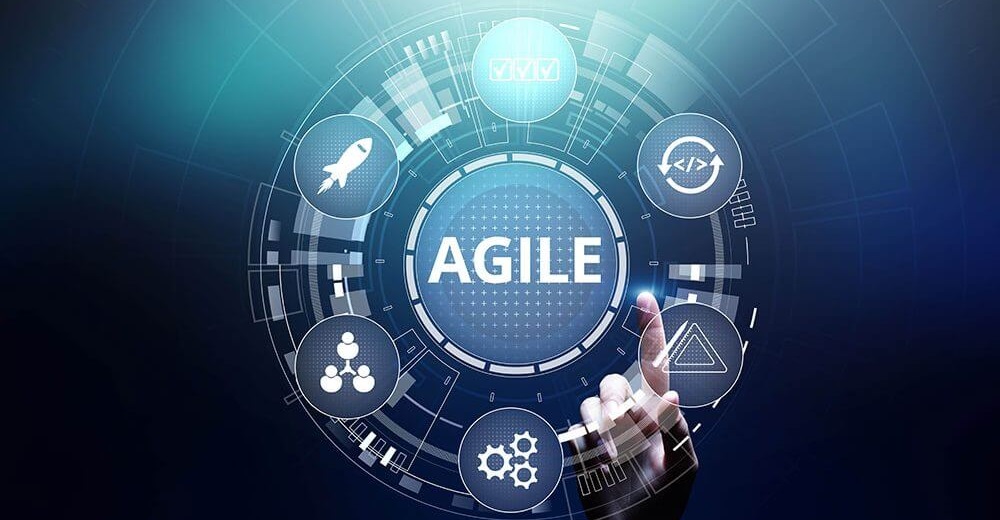In agile development, customer feedback plays a pivotal role in shaping product direction, prioritizing features, and ensuring the final product meets user needs. Agile methodologies prioritize customer collaboration, enabling development teams to respond to feedback quickly and improve the product with each iteration. This article explores the significance of customer feedback in agile development, methods for collecting feedback, and best practices for incorporating it into the agile workflow.
Table of Contents
- Why Customer Feedback Matters in Agile Development
- Types of Feedback in Agile Development
- Methods for Collecting Customer Feedback
- Integrating Feedback into Agile Workflows
- Best Practices for Handling Customer Feedback
- Challenges and Solutions in Feedback Integration
- Conclusion
Why Customer Feedback Matters in Agile Development
Agile development emphasizes adaptability and continuous improvement, and customer feedback is a key driver of these principles. By actively seeking and responding to feedback, agile teams can:
- Improve User Satisfaction: Understanding customer needs helps agile teams create products that are more aligned with user expectations, increasing satisfaction and loyalty.
- Reduce Risk: Early feedback helps identify potential issues and misalignments before they become costly problems in later development stages.
- Guide Product Development: Customer feedback provides valuable insights into which features and improvements are most valuable to users, helping teams prioritize effectively.
- Enhance Product Quality: Regular feedback cycles allow teams to detect and resolve usability issues, improving overall product quality with each release.
Incorporating feedback in agile development enables teams to maintain a user-centered approach, where the product evolves based on real customer needs and preferences.
Types of Feedback in Agile Development
Feedback in agile development can come from various sources, providing a holistic view of how the product meets user needs. Key types of feedback include:
- User Feedback: Direct feedback from end users about their experience, often gathered through surveys, usability tests, and customer support interactions.
- Stakeholder Feedback: Insights from project stakeholders, such as clients or business teams, who have specific goals and priorities for the product.
- Analytics Feedback: Data-driven feedback from usage metrics, such as time spent on tasks, feature adoption rates, and user behavior patterns within the application.
- Market Feedback: Insights gathered from market trends, competitor analysis, and industry standards that inform product direction.
Each feedback type provides valuable input for agile teams, helping them make informed decisions and prioritize effectively.
Methods for Collecting Customer Feedback
Agile teams use various methods to gather customer feedback throughout the development cycle:
- Surveys and Questionnaires: Quick and scalable way to gather feedback from a large user base. Surveys can include questions on feature satisfaction, usability, and overall experience.
- User Interviews: In-depth interviews with users to understand their motivations, challenges, and expectations. This method provides detailed qualitative feedback.
- Usability Testing: Observing users as they interact with the product helps identify usability issues and areas for improvement.
- Beta Testing: Releasing early versions of the product to a select group of users allows teams to gather feedback on new features and identify bugs before a full release.
- Analytics and Tracking: Tools like Google Analytics or in-app tracking software provide insights into how users interact with the product, revealing usage patterns and pain points.
Each method provides unique insights that contribute to a comprehensive understanding of customer needs and product performance.
Integrating Feedback into Agile Workflows
In agile development, feedback is continuously gathered, analyzed, and incorporated into the product. Common approaches for integrating feedback into agile workflows include:
- Backlog Prioritization: Adding feedback items to the product backlog and prioritizing them based on customer value and impact on user experience.
- Sprint Planning: During sprint planning, teams review recent feedback and identify specific improvements or changes that can be addressed in the upcoming sprint.
- Retrospectives: Agile teams use sprint retrospectives to review feedback received during the sprint, discussing what worked well and what can be improved.
- Continuous Release Cycles: Agile methodologies often involve frequent releases, allowing teams to respond to feedback quickly and make continuous improvements.
This iterative feedback loop enables agile teams to refine the product based on real-world usage and rapidly respond to changing customer needs.
Best Practices for Handling Customer Feedback
To maximize the impact of customer feedback, agile teams should follow these best practices:
- Prioritize Actionable Feedback: Focus on feedback that offers clear, actionable insights, and prioritize changes that will have the greatest impact on the user experience.
- Stay Open and Transparent: Communicate with users about how their feedback is used to improve the product. Transparency builds trust and encourages continued engagement.
- Balance Feedback with Vision: While customer feedback is crucial, it’s essential to balance it with the product vision to avoid feature overload or a loss of direction.
- Encourage Team Collaboration: Ensure that all team members have access to feedback insights, promoting a collaborative approach to decision-making and prioritization.
Following these practices helps agile teams leverage feedback effectively while maintaining a clear product direction.
Challenges and Solutions in Feedback Integration
While customer feedback is valuable, agile teams may face challenges in collecting and incorporating it. Common challenges include:
- Overwhelming Volume: Large volumes of feedback can be difficult to manage. Using tools to organize, filter, and categorize feedback can help teams focus on high-impact areas.
- Conflicting Feedback: Different users may have varying preferences or conflicting requests. Agile teams should prioritize feedback that aligns with strategic goals and user personas.
- Resource Constraints: Limited resources can make it challenging to address all feedback promptly. To overcome this, focus on implementing high-impact changes and iteratively improve the product.
By proactively addressing these challenges, agile teams can maintain a responsive and customer-centric approach to development.
Conclusion
Customer feedback is a cornerstone of agile development, providing agile teams with the insights needed to create a product that truly meets user needs. By actively collecting, analyzing, and integrating feedback, agile teams can drive continuous improvement and enhance user satisfaction. Effective feedback management enables teams to create value with each iteration, making the product more valuable to users over time.
In the next article, we will discuss Agile Testing and how testing strategies work hand-in-hand with feedback to ensure continuous quality improvement in agile projects.

